
Accidentally deleting a file on a computer is the last thing you want, especially if it was an important file you’d worked hard to make.
In such cases, knowing where the deleted files go can help you get them back.
In other situations, you may want to ensure the deleted file is permanently gone and nobody can access it.
If the deleted file goes into another place inside the PC, you may need to access and delete it from there, too.
Where Do Deleted Files Go?
![]()
Regardless of the method you use for deleting the files, they’ll end up in the same place: the Recycle Bin.
That means you haven’t deleted the file.
Instead, you’ve just changed its location from one folder to another.
You should empty the Recycle Bin by removing all its contents or delete your intended file.
When you empty the Recycle Bin, you think you have permanently removed the file from your system.
However, that’s not how deleting things on a PC works.
All you delete is the pointer or reference to the file by which the operating system finds it on the hard disk.
The reference is the file information showing where it is on the hard disk.
You’ll also delete the file header, which contains information about the file itself, its size, and type.
The file is still on the hard disk, but the operating system can’t find it.
The space it occupied on the hard disk is now labeled “empty” so the file system can put new files in it.
As a result, you can recover the file using special software as long as the space is empty.
The only way to get rid of the file completely is to write over it on the hard disk.
However, since you can’t control where the system puts new information, you can’t be sure if your data is permanently gone.
How To Permanently Delete Files

What should we do with sensitive data if the files never get fully deleted from the computer?
After all, it can be scary knowing nothing can go out of your system.
Suppose you want to sell your computer or have highly sensitive or personal data that nobody can see.
The only way to make sure the data is gone is to rely on the operating system to overwrite data on the previous file.
However, you can never be sure it does.
Even so, people with powerful software can recover some parts of the files, even if they’re overwritten.
Theoretically, your data is always recoverable.
Still, you’re not out of luck.
Here’s what you can do:
1. Use Third-Party Software

To delete your files permanently from your hard drive, you can’t use the typical options like hitting the delete button or pressing Shift + Delete.
Instead, you need to use the same operation that makes your deleted files unrecoverable: overwriting them.
Some third-party apps allow you to delete your data beyond recovery by writing new data over them.
You can use these apps for deleting individual files or clearing the entire hard disk.
2. Format Hard Drive
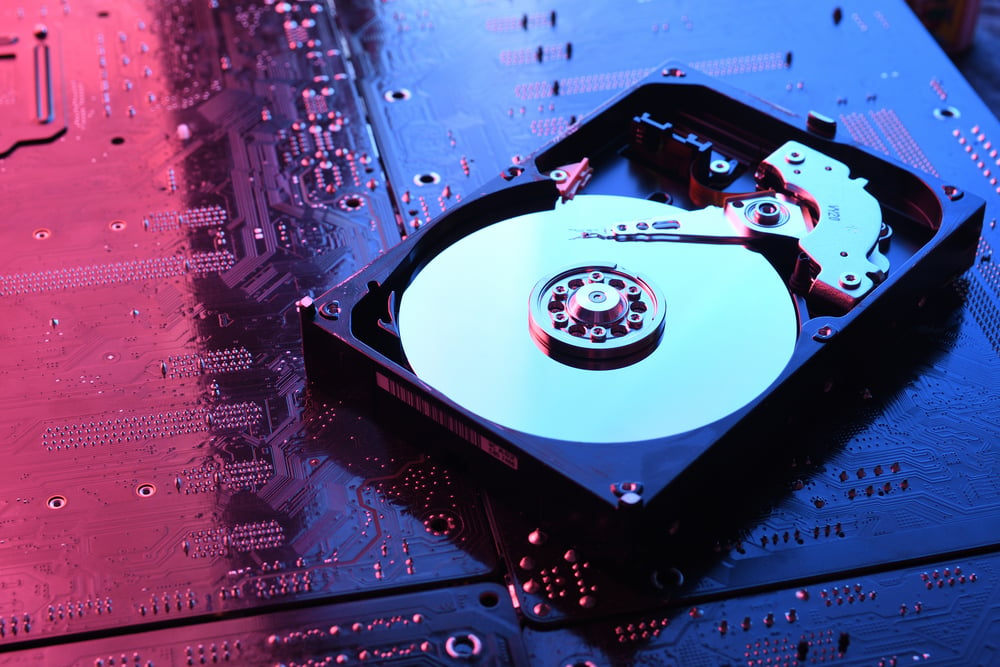
Formatting the hard drive will erase all the data written on it, but it may still be recoverable.
We have two ways of formatting: high-level and low-level.
High-level formatting doesn’t erase the data completely and is better for partitioning the hard drive when you want to use it.
Still, if you’re not worried about your data being recovered, high-level formatting may be the way to go.
For highly sensitive information, low-level formatting is a better option.
A low-level format erases all data and returns the hard drive to its original factory state.
It also makes your data unrecoverable using a technique called zero-filling.
Here’s what it means:
As mentioned, the only way data disappears from the surface of the hard drive for good is to write new data over it.
If you want to sell your device or are worried about your data security, you need to look for a way that does this.
One way is the manual thing, where you format the hard drive and fill it with meaningless data.
However, this can be hard and time-consuming.
Instead, you can use zero filling, which overwrites the empty spaces with zeros.
The best thing about low-level formatting is that it deletes data at the most basic, physical level, overwriting every single bit of the hard drive.
If you aren’t technically savvy, you can ask a professional who specializes in data recovery and formatting to do the job for you.
You may also need specialized software to perform low-level formatting.
In addition, since low-level formatting erases everything from the hard drive, you can’t do it on an operational drive.
You’ll run into trouble if you’re booting your Windows on the same hard drive you want to format.
You may want to take it out of the computer and connect to another one externally using a SATA cable.
If the operating system is installed on this hard drive, you must use another OS from a bootable drive.
In addition, you need to be super cautious about which drive you’re formatting.
If you format another drive mistakenly, you’ll lose all your data.
3. Get Rid Of The Drive Physically

It may seem so 007, but that’s the most reliable way to ensure nobody can access your data.
If you want to sell your old computer, you can take out the hard drive and keep it to yourself.
You could get a new hard drive or sell your computer without one.
And the most extreme option to make sure no one can access your data is to destroy the hard disc!
Erase Data From An SSD

A solid-state drive can be different from an HDD.
Some new laptops use solid-state drives instead of mechanical hard drives as their main internal storage device.
Overwriting deleted data on a solid-state drive isn’t possible because the technology is different.
Instead, it has a much simpler option to ensure no software can access your files after deleting them.
You can find this utility on both Windows and Mac devices.
In Windows 10, you can access the utility under BitLocker.
It’s an encryption tool that overwrites data with meaningless data, and you can recover it only when you have the right username and password.
It’s vital to back up your recovery key in a safe place because you can’t access your files without it.
You can save it on a USB device or your cloud storage or print it and keep it somewhere safe.
To activate BitLocker, go to Control Panel > BitLocker Drive Encryption.
You can activate it for individual drives or all of them.
The same feature is available for Mac devices.
Go to System Preferences > Security & Privacy > FileVault.
Note. By activating these options, you ensure no one can access your data even after deleting them.
However, if you want to sell your computer, this option won’t work because the BitLocker will be erased after reinstalling the operating system.
Deleting Data On A Mac

If you’re a Mac user, you don’t need third-party apps to delete data for good.
macOS has a built-in tool that removes data permanently.
Go to the Finder and highlight the files and folders you plan to delete.
Click File on the top of the page and press the Option key.
Select Delete Immediately.
By selecting Delete, you’ll remove data without the ability to recover them.
Sending data to the Trash Can and then Emptying the Trash folder can help you delete the files permanently.
Delete Files From The Cloud

Permanently deleting files on a cloud service can be tricky.
Depending on your cloud storage service, you may get different file deletion options.
In addition, some services create a separate copy of the file whenever you alter it.
Others may keep the files on another account connected to your cloud storage account.
Some services have policies to keep the files on their servers even after you delete them on your account.
You should go over the service’s policies and visit their support page to see how you can delete your files for good.
Here’s how to delete files on different cloud services:
1. OneDrive
After signing in to your OneDrive account, select your intended files and click Delete on top of the page.
Open Recycle Bin on the left panel, select your file, and hit Delete.
Confirm the action by selecting Delete again to remove the file permanently.
2. iCloud
You can access your iCloud folder on different devices, including iPad, iPhones, or Mac devices.
After opening the account, find and select the intended file, and click Delete.
Now, go to the Recently Deleted folder and delete your file from there.
3. Google Drive
Open your Google account and find the file you want to delete.
Right-click it and select Remove on the bottom.
After deleting the file, it goes to the Trash folder.
Open the Trash folder on the left and find your deleted file.
Right-click the file and select Delete forever.
Confirm your action to delete the file permanently.
How To Recover Deleted Files

Unless you’ve used a tool to delete your files permanently, you can get your deleted files back, depending on the removal method.
In addition, the success of data recovery also depends on the file system.
If your device has a FAT file system, you have a lower chance of recovering your data because only the NTFS file system keeps deleted data before overwriting them.
If you haven’t overwritten data, you can recover your files immediately after deleting them.
Here’s what you can do:
1. Check The Recycle Bin
If you deleted the file accidentally by hitting the Delete button, you could easily restore it from the Recycle Bin or Trash Can on a Mac device.
You can access the Recycle Bin by double-clicking its icon on the desktop.
Once inside the folder, you can see all the files you’ve deleted intentionally or accidentally.
Right-click the file and select Restore.
The file will go to its original location in one of the drives.
If you don’t know where it was before, you can simply drag the file and drop it on the desktop.
This way, you can easily access it without looking for it in your File Explorer.
If you didn’t find the deleted files in Recycle Bin, one of the following things might have happened:
- You deleted the file using Shift + Del or the Command Prompt.
- You removed the files from an external storage device.
- You permanently deleted the files by emptying the Recycle Bin.
- The deleted file was too large to go to Recycle Bin.
- The Recycle Bin folder is full.
- The option for moving files to recycle bin has been disabled. To enable it, right-click the Recycle Bin icon on the desktop and click Properties. Uncheck Don’t move files to the Recycle Bin. Remove files immediately when deleted.
- The deleted file is hidden. You can unhide It by opening the Recycle Bin folder and clicking View on the top. Check Hidden items
2. Use File History Backup
If you delete the data by pressing Shift + Del, the deleted file doesn’t go to the Recycle Bin.
In such cases, you need to use recovery tools.
One of these tools is the File History Backup, but you must have turned it on before.
It creates a copy of your files on another drive, helping you recover them if you accidentally lose them.
If so, go to Control Panel and select File History.
Find your file and check all its saved versions.
Click on your intended version and select Restore to return it to its original location.
You can also restore it to another location by right-clicking Restore and selecting Restore to.
3. Restore Previous Versions Of The File
If you’re lucky, Windows allows you to get a previous version of the folder containing the deleted file.
Right-click the folder and click Restore Previous Versions.
If you deleted an entire folder, you can go one step above and right-click the drive labeled New Volume D, E, or F.
You can see all the available versions to which you can restore your folder.
Click Restore and select the new location.
It’s better to choose a different location, preferably an external device, to avoid overwriting data.
Note. The new folder will replace the old version with all its contents.
If you’ve added a new file (other than the deleted file) to the folder, copy it to another place to avoid losing it.
4. Use Recovery Tools
If none of the above methods help you get your deleted files back, you can always rely on recovery apps to do the job for you.
Microsoft has a tool, Windows File Recovery, available on Microsoft Store.
It’s a command line app that recovers your files deleted from internal hard disks, external storage devices, and even USB devices.
After downloading and installing the app, copy the command lines and run them for the specific drive to recover its contents.
If this tool is difficult for you since its command lines are complicated, you can use many reliable third-party apps to recover your data.
These apps are available for Mac, Windows, and mobile devices.
Some of them offer backup services to help you recover your files in emergencies.
NEXT: Will Windows 10 Speed Up My Computer? (Explained)



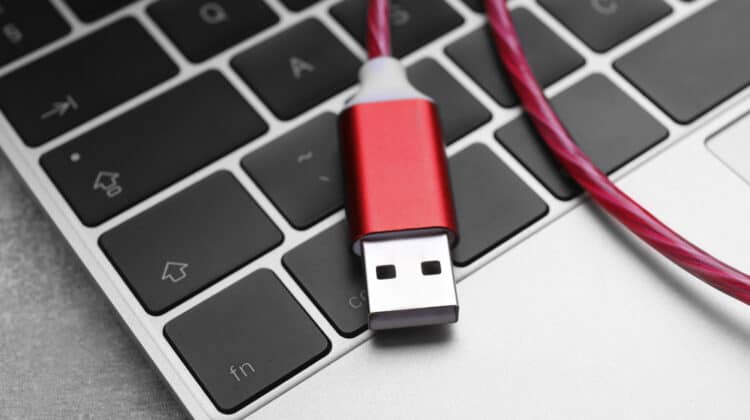
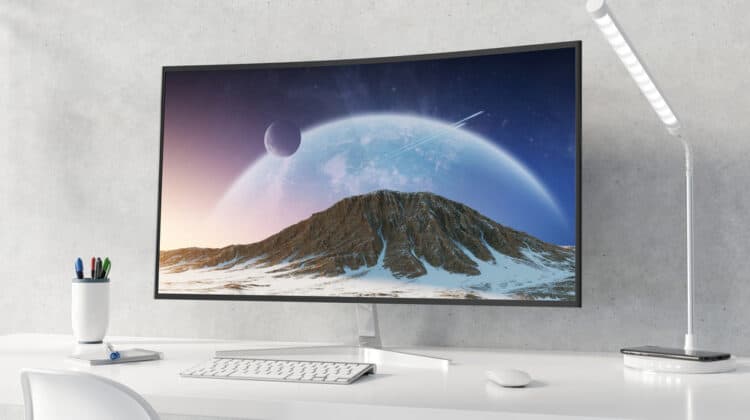
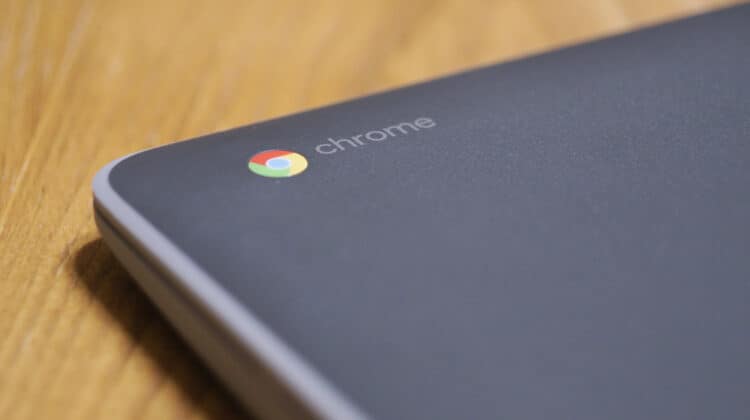

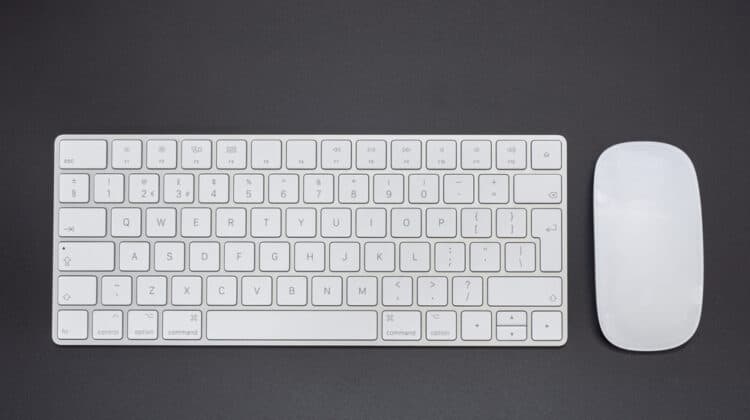

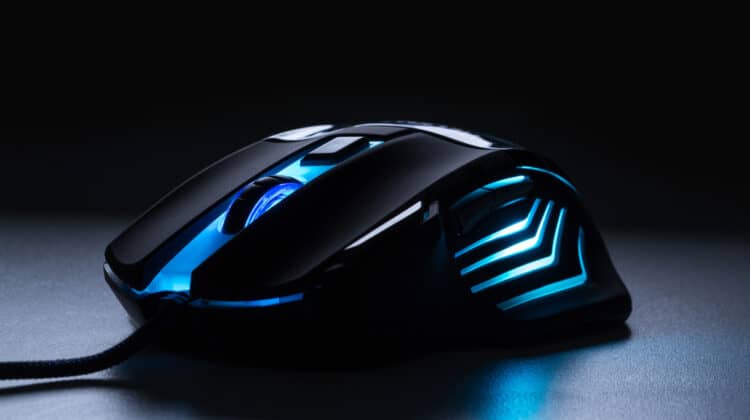
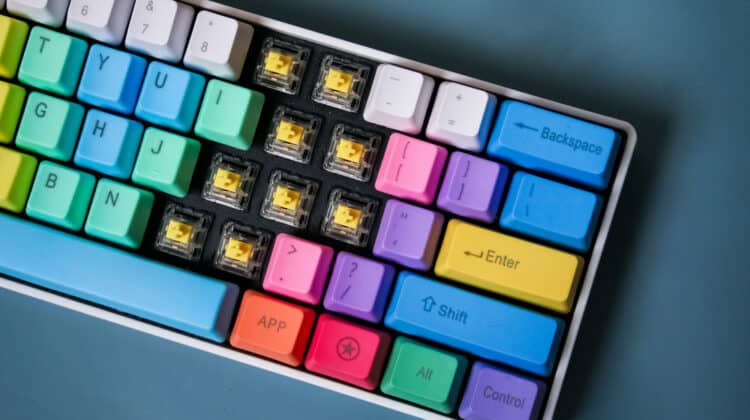


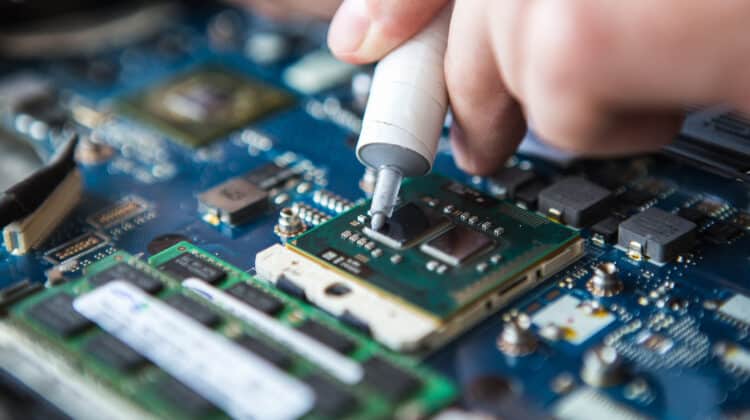
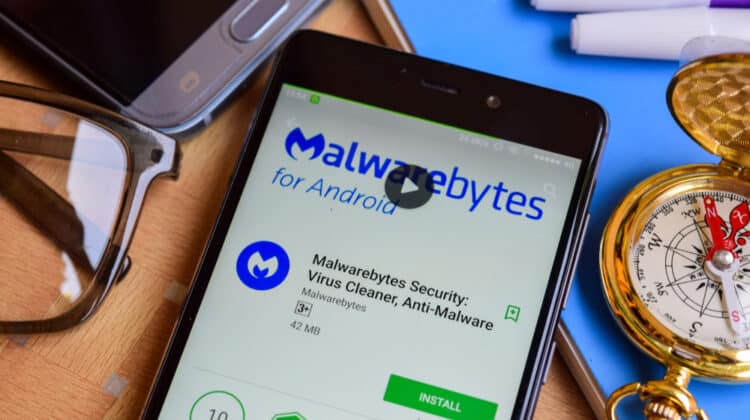
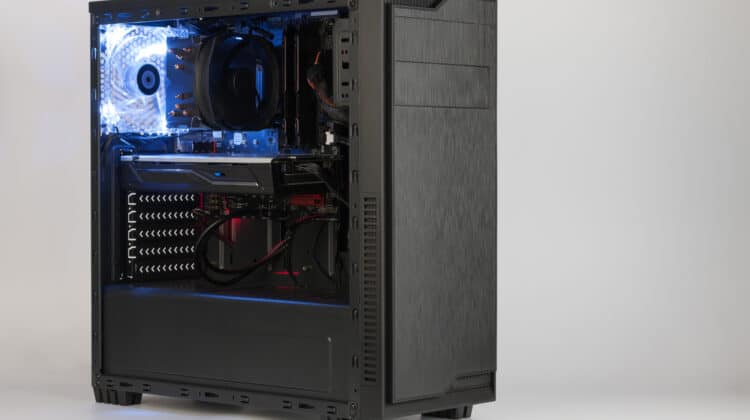






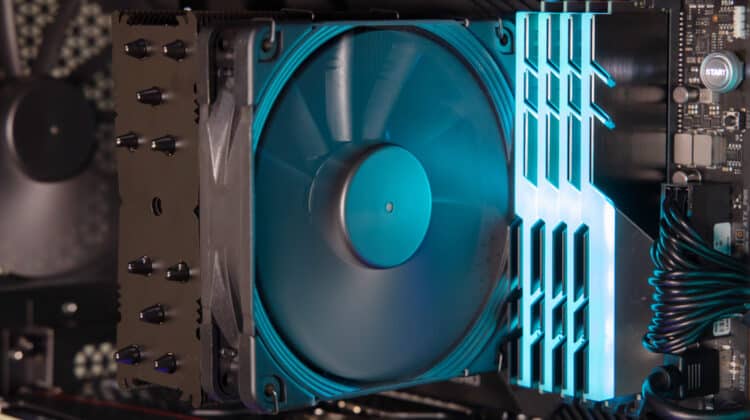



Deleted files are not gone forever. When a file is deleted, it is sent to the Recycle Bin. The Recycle Bin can be found on the Desktop. Its icon resembles a recycle bin or trash can, and the icon changes depending on whether the Recycle Bin contains any files.